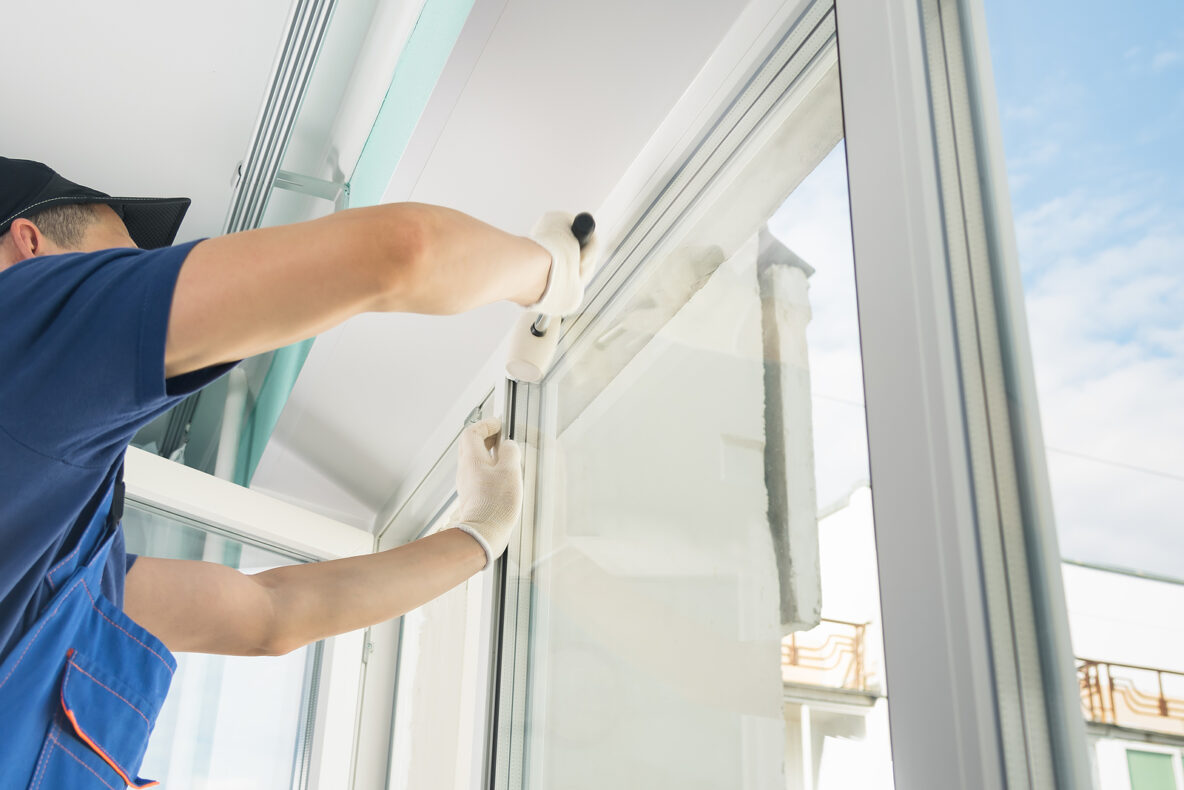Whether you’re building a new construction home or replacing older windows, you may have to wait a while for your windows to come in.
It used to be that it would only take around 2-3 weeks to get windows in once they were ordered. Now, due to pandemic-related shortages and supply chain disruptions, it’s taking closer to 6 months.
As a result, many projects are delayed, costs are rising, and it’s getting more difficult to replace your windows in a timely manner. But the good news is that the end of summer doesn’t mean you’re out of luck to have your windows replaced this year—we do window replacements year round.
Read on to learn more about what’s causing current window delays, why the winter months are still a great time to have your windows replaced, and why it’s important to keep your windows up to date.
What’s Causing the Wait for Windows?
As with other products (like lumber), windows have been hit by the global supply chain issues and shortages in materials and labor caused by the COVID-19 pandemic.
Window manufacturing is labor intensive, making it an industry highly susceptible to shutdowns due to both disease outbreaks and the preventive measures used to keep them at bay. This has meant loss of labor and reduced production at many points throughout the pandemic.
COVID-related global supply chain disruptions have made the raw materials needed for window construction harder to get, as have multiple severe weather systems in areas where those materials are produced. Glass, resin, and vinyl industries have all been affected.
For example, severe winter storms in Texas in the 2020-21 season disrupted resin production, then Hurricane Ida wreaked havoc on refineries and chemical plants along the Gulf Coast. This caused delays of up to 5 months for resin and the vinyl it’s used to produce. Material shortages have affected glass manufacturers as well over the past couple of years.
Even now, labor manufacturing constraints and material shortages persist, while demand has risen. The window industry is facing long lead times, increased prices, and reduced options, alongside high demand, strained labor, and glass shortages (especially high-tempered and impact glass).
A few tips for navigating a window replacement in this market:
- Plan ahead. Order your windows well before you need them. This means you should start planning for winter projects NOW.
- Avoid special orders when possible. Basic window sizes are easier to find. If you can, try to make stock windows work for your project. It’s better to make minor modifications to a window opening than to wait 20+ weeks for the correct window to come in!
- Avoid mistakes in ordering. Double- and triple-check sizes, colors, grid patterns, and all other details beforehand to avoid having to re-order.
- Be patient and understand that you’re not alone…everyone is in the same boat with this issue.
Believe It or Not, Winter Is a Great Time To Have Your Windows Replaced
Contrary to what you might think, winter is the perfect time to replace your old, inefficient windows. Even in the midst of our cold Minnesota winters, not only can you have your windows replaced, but we’d recommend it. Here’s why.
Winter is the slow season for contractors, with the snow and cold impeding a lot of other projects. Window replacements are one of the few projects we can do during the winter months, so it’s easier for us to schedule your replacement then.
During peak season (spring and summer), schedules are tighter and it can be more difficult to get your project on the books.
Cooler weather also helps you quickly identify which windows need to be replaced. Pay attention to which rooms seem colder than others and where cold drafts are coming from. If there aren’t visible cracks or gaps in or around your windows, it can be more difficult to notice problem windows in the warmer months.
Plus, if you have drafty windows, waiting to replace them in the spring will mean wasting money on extra heating costs all winter long.
If you’re concerned about your home being exposed to the frigid air during a winter window installation, you can rest easy. Experienced window installers know how to minimize the amount of outdoor air that’s allowed inside by replacing windows one at a time, closing interior doors, or putting up plastic barriers in doorways.
The Importance of Keeping Your Windows Up to Date
No matter what time of year you have your windows replaced, it’s an important update to your home. Older, less efficient windows can lead to:
- Mold and mildew. Older, worn out windows allow moisture to make its way inside your home. Over time, this moisture can lead to the growth of mold or mildew on or around your windows. That moisture can also cause the window frame to warp or rot.
- Wasted energy and money. Heat gain and loss through windows make up 25-30% of residential heating and cooling energy use. Leaky windows cause your HVAC system to work harder to keep your home warm in winter and cool in summer. This adds extra wear and tear on your HVAC system as well.
- Reduced curb appeal. Even if you’re not preparing to sell right now, replacing old windows will help boost your home’s curb appeal and make it more appealing to buyers when you do sell (windows have a great return on investment!). And in the meantime, they’ll make your home more aesthetically pleasing for you!
Keeping your windows up to date can help lower your energy costs, make you more comfortable year round, and protect your biggest investment: your home.
If your windows are in need of replacing, now is the time to get your project on the books so we can order the windows you’ll need. Contact the team at Hoyt today to get started!

